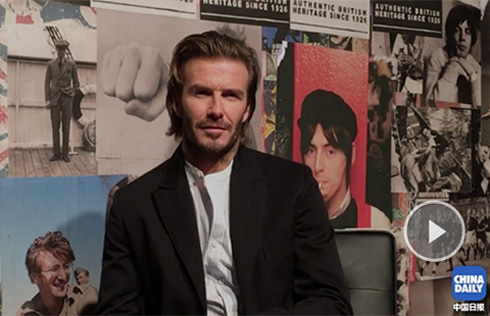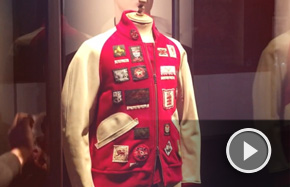Hit reinvigorates Tiger Mountain
Second, the Eight Model Operas were not all Peking Operas. Two of them were ballets: The White-Haired Girl and Red Detachment of Women, often shown to foreign visitors as they did not need translation. Not all of them were equally popular. Raid on the White Tiger Regiment, an opera on fighting US soldiers in Korea, was so low on the public radar that another opera, The Azalea Mountain, from a later batch of model operas, was often mistaken for one of the original eight.
Third, these works were never officially banned after the "cultural revolution". The public was so sick and tired of them after a decade of extremely limited entertainment (even the word "entertainment" was frowned upon and the more politically correct "propaganda" was preferred), that they took to the plethora of music choices suddenly available. But one decade later, around the late 1980s, some started to feel nostalgia for the forgotten operas. Arias and scenes reappeared, soon followed by fully staged productions. But only those portraying pre-1949 stories made a comeback because the others run counter to existing government policies, like entrepreneurs being public enemies, as shown in the operas.
The debate on the nature of the model operas has since flared intermittently. Some argue they were the products of the revolution and convey its excesses and its ideology. Others contend that they embody the collective memory of a whole generation. Besides, we should not give all the credit to Jiang Qing. Many top artists put their creativity into them.
Jiang would pick filmmakers, who were released from detention and were shown films made in Hollywood-in a time when only a few top leaders had such access. They were supposed to learn Hollywood's art and craft and use it in filming the operas. Those artists had flourishing careers either before or after the revolution.
One person was widely perceived to be responsible for fusing the musical styles of traditional Peking Opera and Western orchestral music. Yu Huiyong, a musical prodigy, created the new, richer and mellower sound for the model operas. But he was not one of those suffering artists plucked by Jiang. He was a political climber who curried her favor and later gained the position of culture minister. During the post-revolution investigation, he killed himself, but his contribution to the model operas was never in question.






















